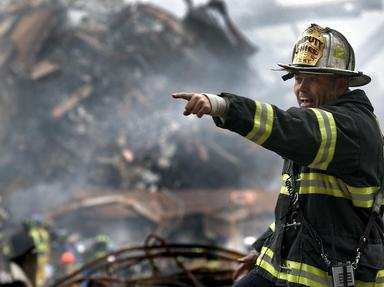Quiz Answer Key and Fun Facts
1. The first asbestos mine in Canada opened in Quebec in 1879 and by the 1960s there were at least ten active asbestos mines in the province. By 2011 all but two of these mines were shutdown due to its link with what major form of cancer?
2. In 1887, a buildup of gas in a coal mine caused the deaths of over a hundred coal miners in "The Harbour City". In what community located on Vancouver Island did this occur?
3. The Springhill mine in Cumberland County, Nova Scotia was subject to not just one mining disaster, but three disasters between 1891 and 1958. The disaster in 1891 unfortunately saw the most casualties. What was the cause of the 1891 disaster?
4. In the early days of Canadian mining, many mining camps were often set up at the base of mountainsides. On the morning of April 29, 1903, the community of Frank, Northwest Territories (present day Alberta) was devastated by a landslide that buried much of the town and trapped miners inside the mine. How many men were trapped inside the mine at the time of the incident?
5. During a shift on February 10, 1928, thirty-nine miners were killed due to carbon monoxide poisoning at the Hollinger Mine in Timmins, Ontario. What element also mined in the communities of Red Lake and Hemlo Ontario was being extracted at the time of the disaster?
6. During the 1950's, the city of Elliot Lake, Ontario was planned and designed specifically for mining. Following the closure of the mines in the 1990's, the Mining Monument and Memorial Park was built in remembrance of those that lost their lives from years of mining what radioactive element?
7. The events of the Westray Mine disaster in 1992 were investigated by the Royal Canadian Mounted Police and eventually went to trial.
8. On September 18, 1992 an ongoing strike at the Giant Mine in Yellowknife, Northwest Territories turned deadly after a striking miner set up a bomb that killed nine men. What miner was responsible for these deaths?
9. The Faro Mine that closed and was abandoned in 1998 was once dubbed "an embarrassment to Canada". In what territory was this former mine located?
10. In 2014, the Mount Polley mine in British Columbia became the site of one of the worst environmental disasters in Canadian history after what had been breached?
Source: Author
apathy100
This quiz was reviewed by FunTrivia editor
bloomsby before going online.
Any errors found in FunTrivia content are routinely corrected through our feedback system.

